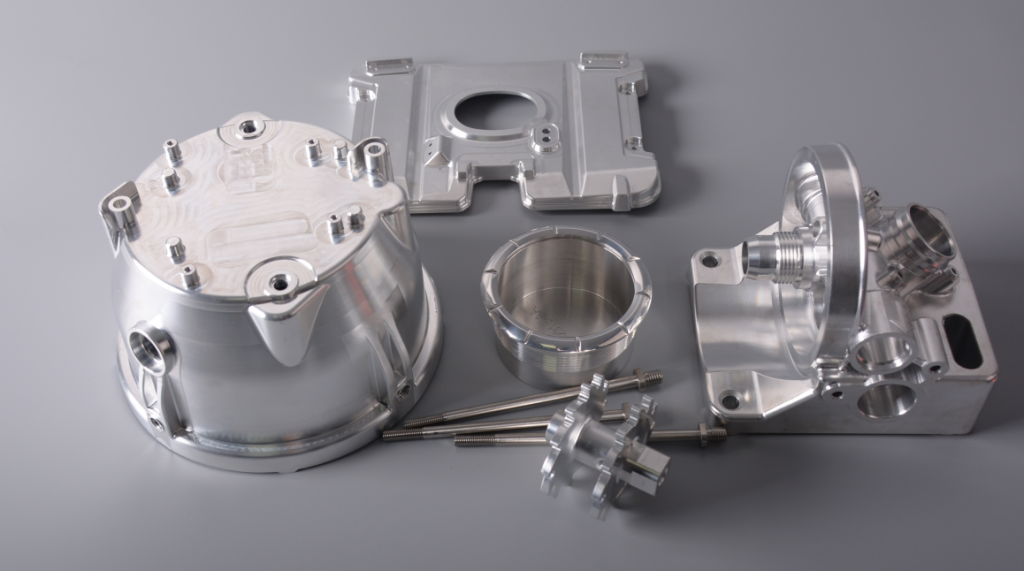In the intricate world of metal forming processes, precision and efficiency reign supreme. The key to unlocking superior results lies in the versatile and reliable properties of urethane. From press brake forming to spinning and deep drawing, urethane is a game-changer in the industry.
Metal forming techniques encompass a wide range of methods, each designed to manipulate metal into various shapes and forms. Whether it’s bending, stretching, or shaping, the importance of precision cannot be overstated. Efficiency is equally crucial in ensuring seamless production and high-quality end products.

When it comes to metal forming, urethane offers a plethora of advantages that set it apart from traditional materials. Its enhanced durability and longevity make it a cost-effective solution for long-term use. Moreover, the improved surface finish and quality achieved with urethane result in superior end products, satisfying even the most discerning customers.
Polyurethane and elastomeric urethane are two common types of materials used in metal forming applications. While polyurethane offers flexibility and abrasion resistance, elastomeric urethane provides exceptional tear strength and resilience. Different grades and formulations cater to specific applications, ensuring optimal performance and efficiency.
From press brake forming to stretch forming, urethane plays a pivotal role in various metal forming processes. Its versatility and adaptability make it a go-to material for industries such as automotive, aerospace, and metal fabrication. In spinning and deep drawing applications, urethane excels in producing complex shapes with precision and accuracy.
Urethane tooling offers a myriad of benefits, including reduced tooling costs, increased tool life, and enhanced part accuracy. By using urethane tooling, manufacturers can achieve consistency in their production processes, leading to improved overall efficiency and productivity. The durability and performance of urethane tooling make it a valuable asset in the metal forming industry.
Real-world Examples of Urethane Success Stories In the automotive industry, urethane has revolutionized metal forming processes, resulting in faster production times and higher quality components. Aerospace companies have also benefited from the use of urethane in forming intricate and high-precision parts. Metal fabrication shops rely on urethane tooling to meet the demands of custom projects and prototype development, showcasing the versatility and reliability of urethane in real-world applications.
Proper material selection is crucial when using urethane in metal forming processes. Understanding the application requirements and choosing the right grade and formulation is essential for achieving optimal results. Maintenance and care tips can prolong the life of urethane tooling, ensuring long-term performance and efficiency. Training and education for operators are also key in maximizing the benefits of urethane in metal forming processes.
Advancements in urethane technology continue to push the boundaries of what is possible in metal forming processes. High-temperature applications benefit from advanced materials that offer improved resistance to heat and wear. 3D printing has revolutionized rapid prototyping and tooling development, allowing for faster production cycles and greater design flexibility. Custom formulations address unique challenges in metal forming, providing tailored solutions for complex applications.
Despite its numerous advantages, urethane may present challenges in metal forming processes. Adhesion issues between urethane and metal surfaces can impact the quality of the end product. Overcoming dimensional tolerances and surface finish requirements requires careful planning and precision in tooling design. Environmental factors such as temperature and humidity can also affect urethane performance, necessitating proper storage and handling procedures.
The future of urethane technology in metal forming is bright, with exciting developments on the horizon. Integration of smart technologies for real-time monitoring and optimization will enhance productivity and quality control in metal forming processes. Sustainable practices in urethane production and recycling will reduce waste and promote environmental responsibility. Continued research and innovation will drive improvements in performance and efficiency, opening up a world of limitless possibilities for urethane technology in metal forming.
Mastering metal forming processes with urethane is the key to unlocking superior results and increasing efficiency in the industry. From enhanced durability and longevity to cost-effective solutions, urethane offers a wealth of benefits that set it apart from traditional materials. Looking ahead, the future of urethane technology holds endless possibilities for innovation and advancement in metal forming processes. With its versatility and reliability, urethane will continue to shape the future of metal forming for years to come.